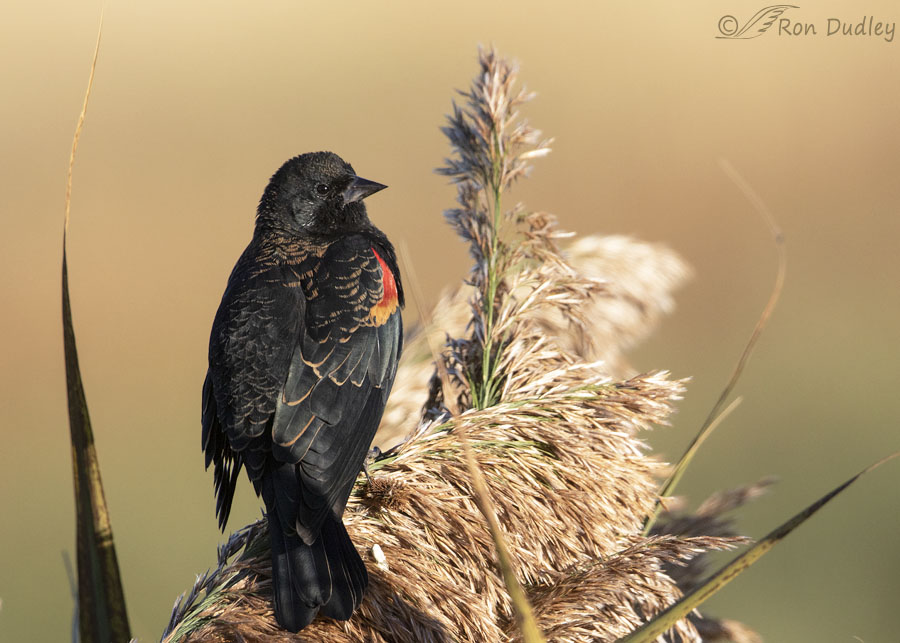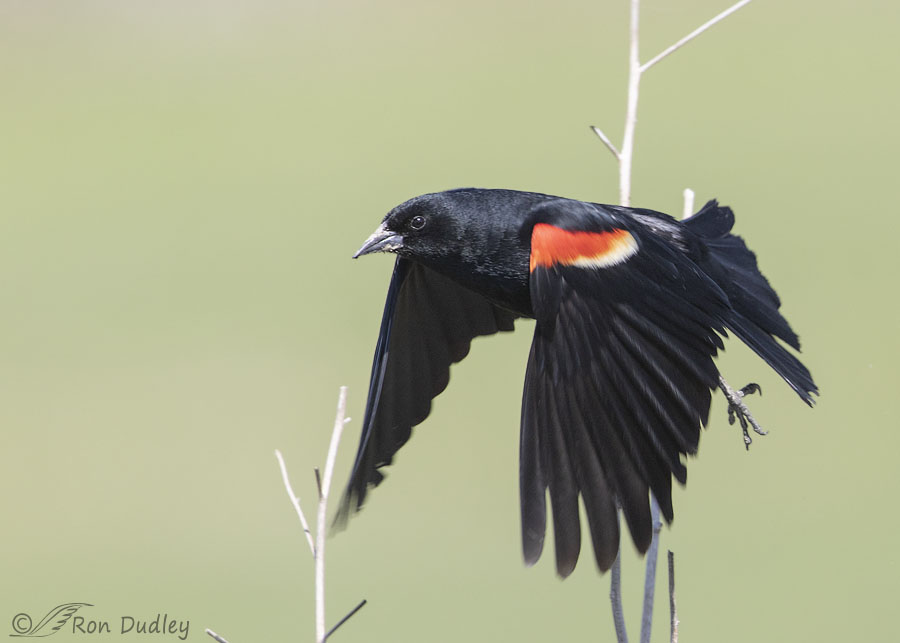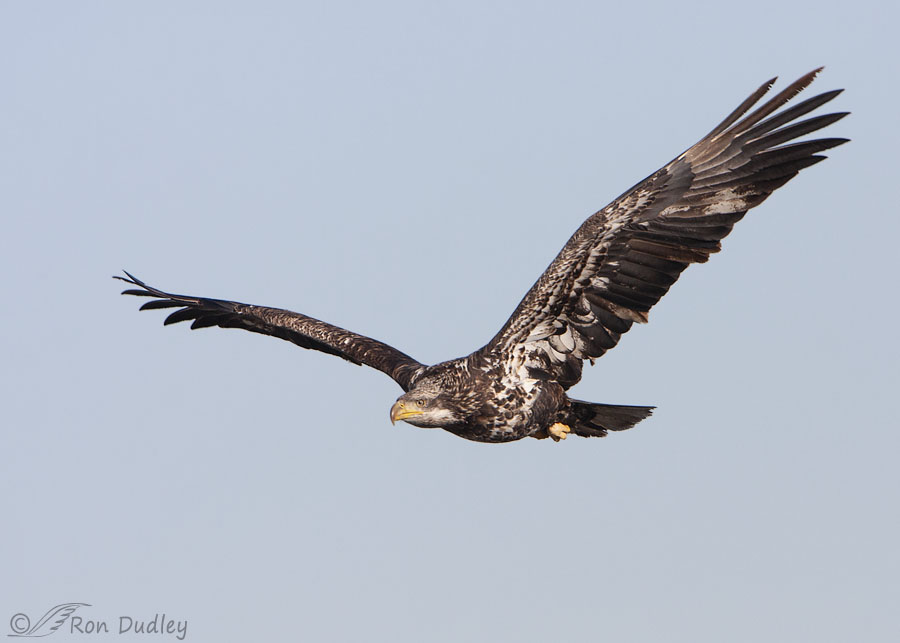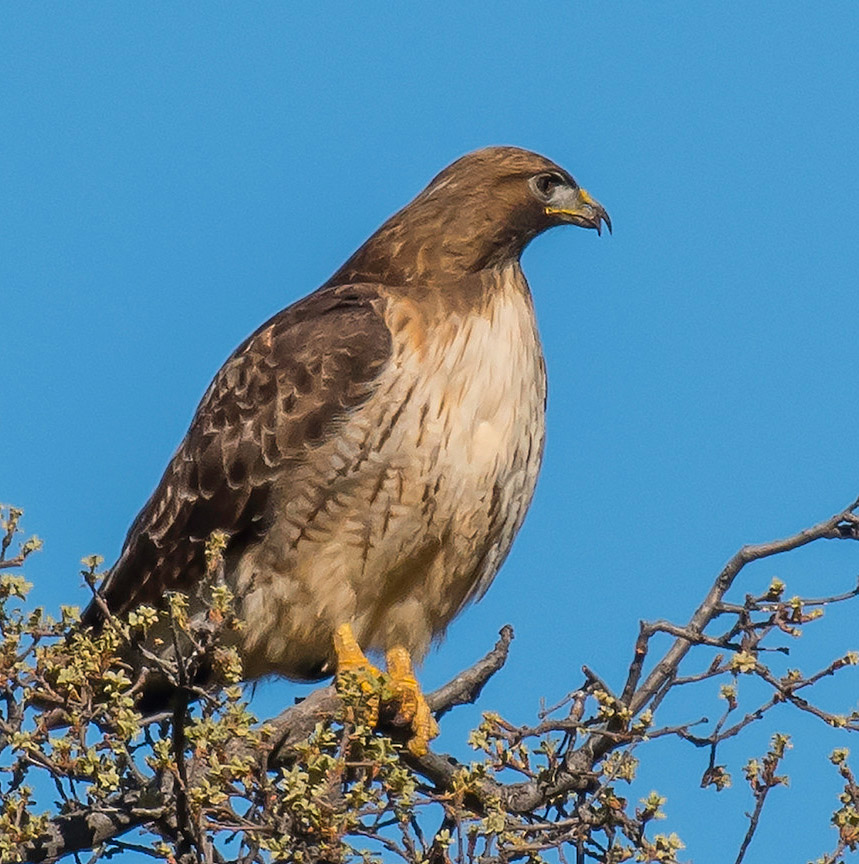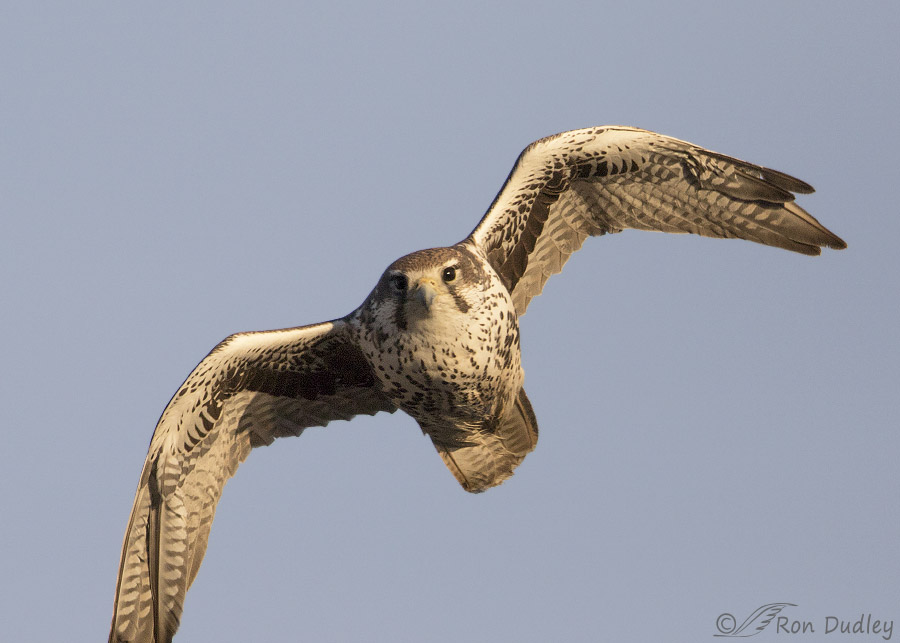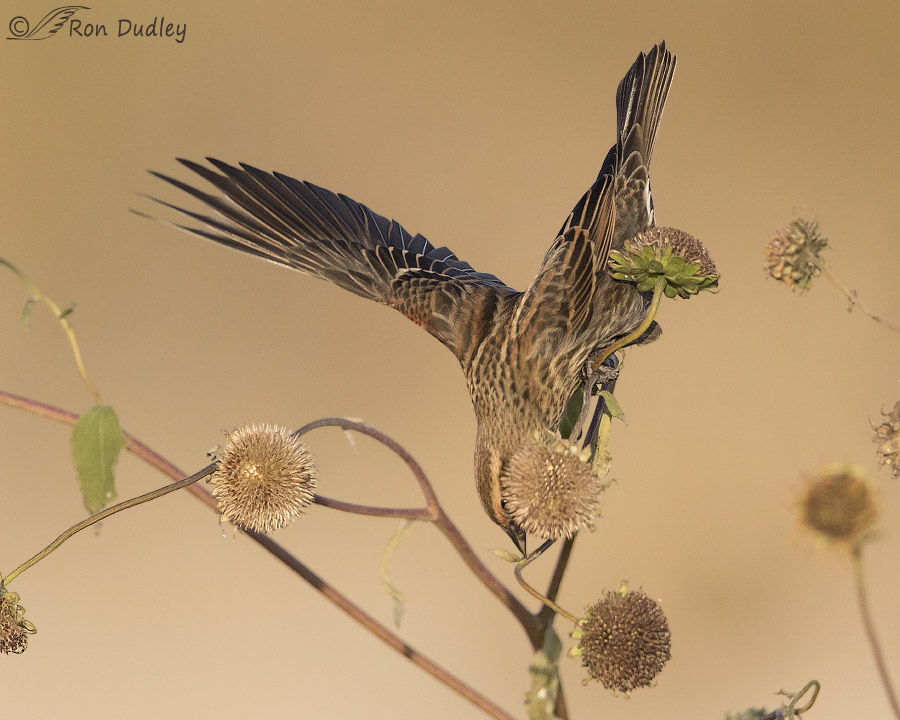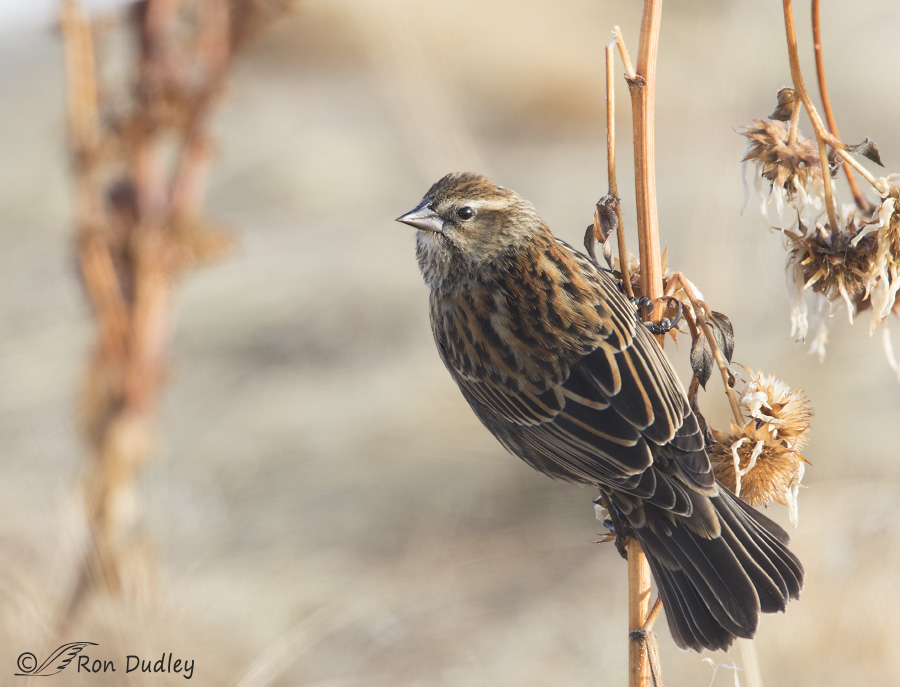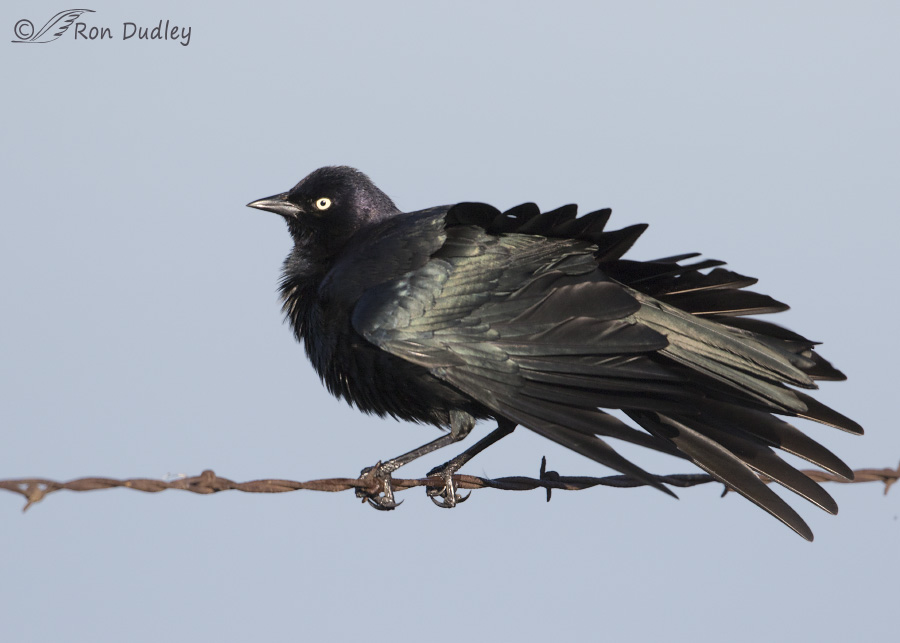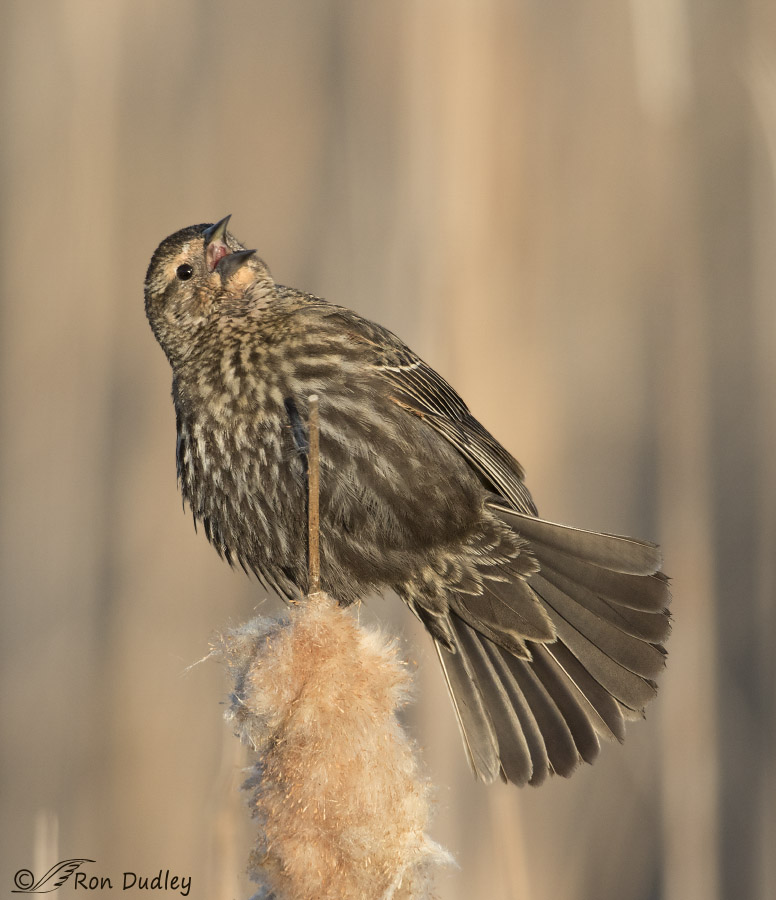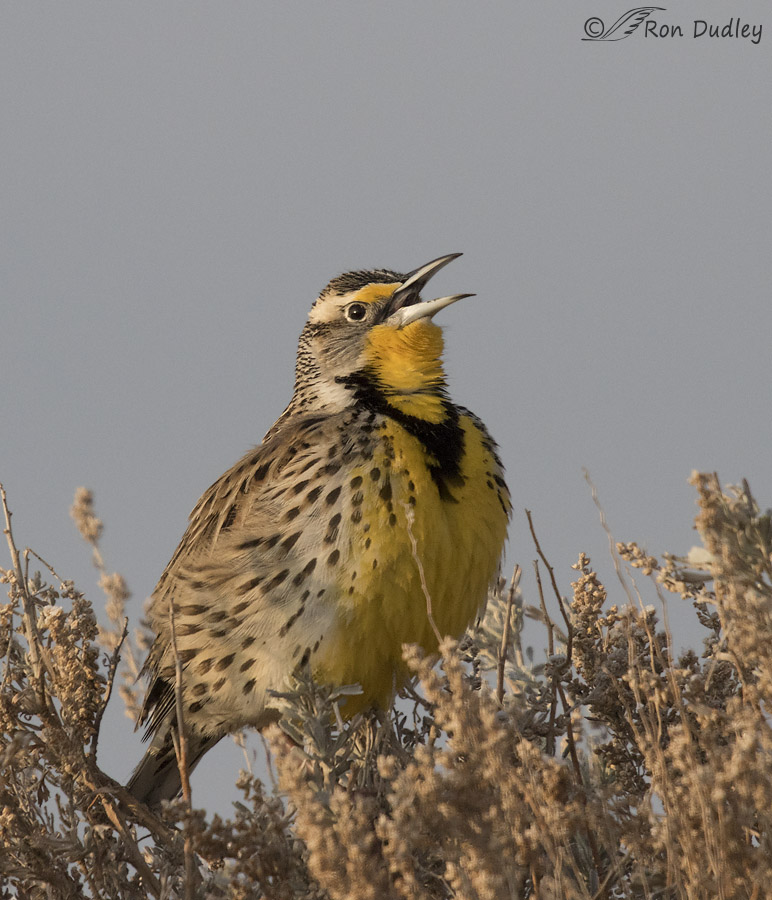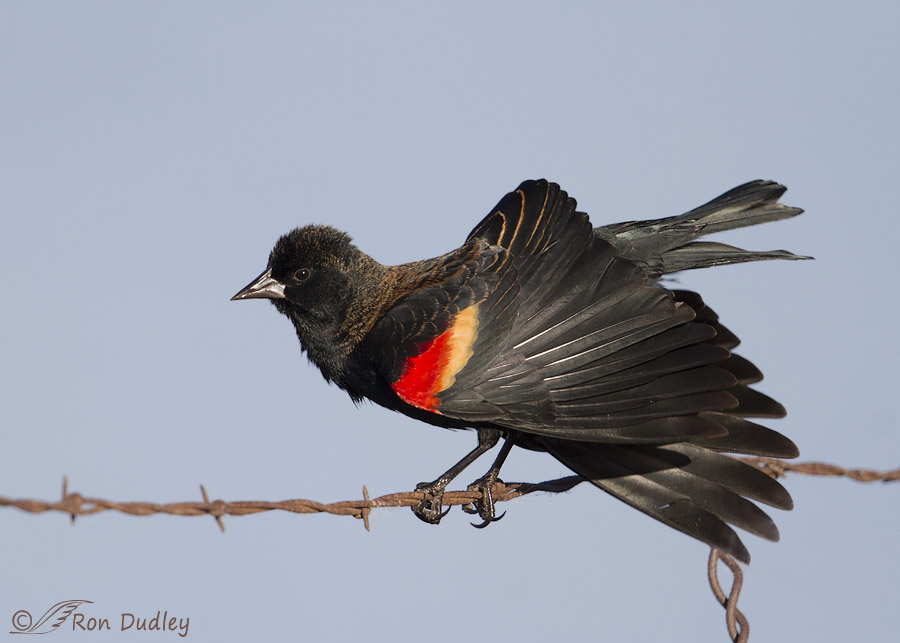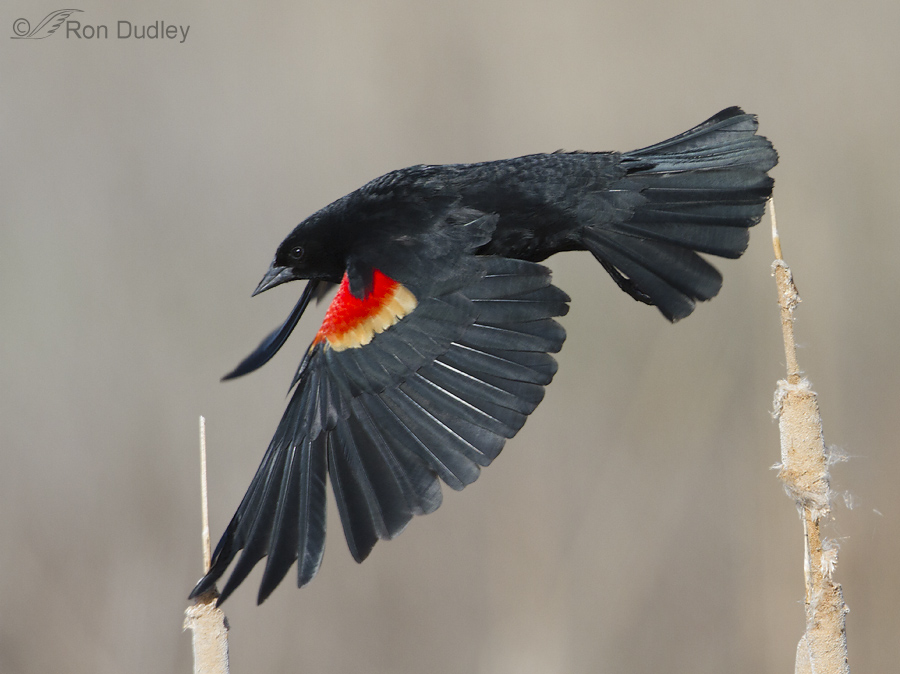Tag: red winged blackbird
Male Red-winged Blackbird In Flight
Odds And Ends From Recent Trips To Farmington Bay WMA
Red-tailed Hawk With A “Double-decker” Upper Bill
Antelope Island Potpourri From Yesterday Morning
Red-winged Blackbird Trying To Get At Those Pesky Sunflower Seeds
Female Red-winged Blackbird Basking In The Warming Sun
A Couple Of Blackbirds (two species)
Peachy Female Red-winged Blackbird (and my FOY Swainson’s Hawk)
Birds Being Fooled By Our Warm Winter?
Red-winged Blackbird (with a look at exposure and depth of field)
Red-winged Blackbird In Flight
White-crowned Sparrows – Sunflower Gluttony And Crossed Bills
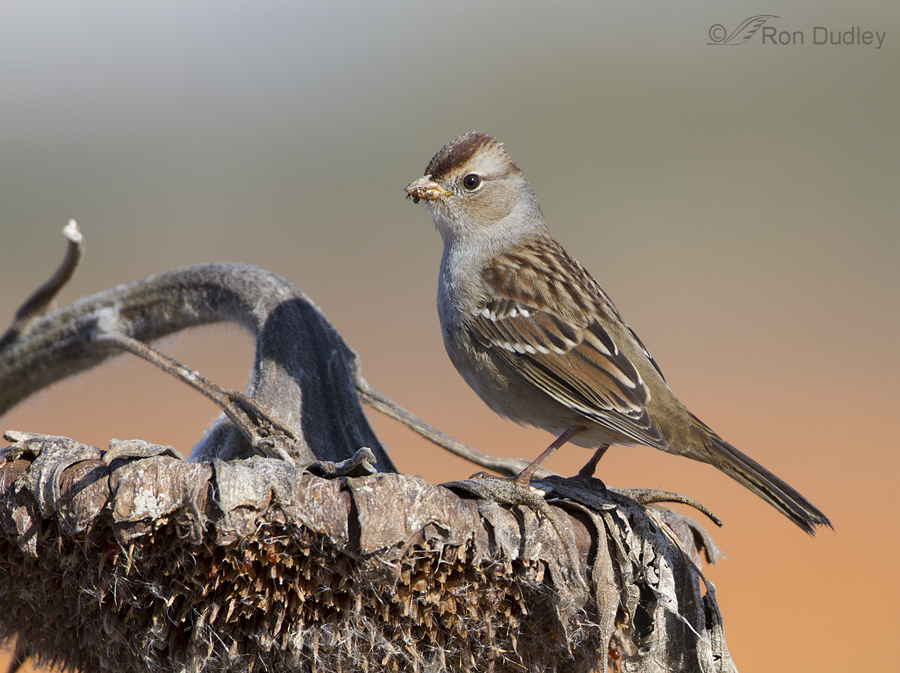
A local pumpkin farmer (Pack Farms) plants sunflowers along the periphery of his pumpkin field and each fall they provide a messy bounty for a variety of birds. Most species seem to be tidy eaters but the juvenile White-crowned Sparrows are an exception.
The orange in the background of these shots is – you guessed it – pumpkins.
Bill Deformities
I’m seeing more bill deformities “out there” than I used to and that disturbs me. The latest example was a Sage Thrasher we found on Antelope Island four days ago. This is what a normal bill on a Sage Thrasher looks like. Notice that the upper mandible is slightly longer than the lower one with a curved tip at the terminus and that both mandibles fit together tightly showing no evidence of a gap between them. But in this thrasher the upper mandible is significantly shorter than the lower and the curve of the two mandibles doesn’t match so they don’t fit together well, leaving a gap. This is definitely not a temporary, voluntary position of the bill as I have about a dozen shots of the bird over a period of about a minute that show the same thing. The two mandibles never fit together cleanly and the upper one is definitely shorter. With this head turn you can see the other side. I can only imagine how this would interfere with normal preening as the bird attempts to draw the individual feathers through the bill to lock the barbs together. An extreme crop of the previous image. Notice how the back of the mandibles touch each other and prevent the rest of the bill from coming together because their curves don’t match along the entire length of the bill. At first I thought that the end of the lower mandible looked damaged or eroded but perhaps there’s just something on the bill that…
Red-winged Blackbird With a Crossed Bill
This morning while out photographing birds at a local wildlife refuge I came across this Red-winged Blackbird with a strongly crossed bill, which of course is not typical of the species. I’ve seen a few mildly crossed bills in this and other species in the past but never one quite this pronounced in a species where it isn’t “normal”. Red-winged Blackbird with a crossed bill, perched on curley dock There are species of birds in North America that have crossed bills as a species trait – the Red Crossbill and the White-winged Crossbill. Their crossed bills are an adaptation for extracting seeds from cones. Seeing this RWBB with a crossed bill naturally got me thinking about evolution. Variations occur throughout nature since each individual inherits a different combination of genes from its parents. This particular variation would likely be selected against in RWBB’s and would not persist since they do not typically pry seeds from cones. However, one can see how this same variation in the ancestors of todays crossbills would be the genetic fuel for the crossed bill trait they all exhibit today. Ron
Male Red-winged Blackbird In Flight
Odds And Ends From Recent Trips To Farmington Bay WMA
Red-tailed Hawk With A “Double-decker” Upper Bill
Antelope Island Potpourri From Yesterday Morning
Red-winged Blackbird Trying To Get At Those Pesky Sunflower Seeds
Female Red-winged Blackbird Basking In The Warming Sun
A Couple Of Blackbirds (two species)
Peachy Female Red-winged Blackbird (and my FOY Swainson’s Hawk)
Birds Being Fooled By Our Warm Winter?
Red-winged Blackbird (with a look at exposure and depth of field)
Red-winged Blackbird In Flight
White-crowned Sparrows – Sunflower Gluttony And Crossed Bills

A local pumpkin farmer (Pack Farms) plants sunflowers along the periphery of his pumpkin field and each fall they provide a messy bounty for a variety of birds. Most species seem to be tidy eaters but the juvenile White-crowned Sparrows are an exception.
The orange in the background of these shots is – you guessed it – pumpkins.
Bill Deformities
I’m seeing more bill deformities “out there” than I used to and that disturbs me. The latest example was a Sage Thrasher we found on Antelope Island four days ago. This is what a normal bill on a Sage Thrasher looks like. Notice that the upper mandible is slightly longer than the lower one with a curved tip at the terminus and that both mandibles fit together tightly showing no evidence of a gap between them. But in this thrasher the upper mandible is significantly shorter than the lower and the curve of the two mandibles doesn’t match so they don’t fit together well, leaving a gap. This is definitely not a temporary, voluntary position of the bill as I have about a dozen shots of the bird over a period of about a minute that show the same thing. The two mandibles never fit together cleanly and the upper one is definitely shorter. With this head turn you can see the other side. I can only imagine how this would interfere with normal preening as the bird attempts to draw the individual feathers through the bill to lock the barbs together. An extreme crop of the previous image. Notice how the back of the mandibles touch each other and prevent the rest of the bill from coming together because their curves don’t match along the entire length of the bill. At first I thought that the end of the lower mandible looked damaged or eroded but perhaps there’s just something on the bill that…
Red-winged Blackbird With a Crossed Bill
This morning while out photographing birds at a local wildlife refuge I came across this Red-winged Blackbird with a strongly crossed bill, which of course is not typical of the species. I’ve seen a few mildly crossed bills in this and other species in the past but never one quite this pronounced in a species where it isn’t “normal”. Red-winged Blackbird with a crossed bill, perched on curley dock There are species of birds in North America that have crossed bills as a species trait – the Red Crossbill and the White-winged Crossbill. Their crossed bills are an adaptation for extracting seeds from cones. Seeing this RWBB with a crossed bill naturally got me thinking about evolution. Variations occur throughout nature since each individual inherits a different combination of genes from its parents. This particular variation would likely be selected against in RWBB’s and would not persist since they do not typically pry seeds from cones. However, one can see how this same variation in the ancestors of todays crossbills would be the genetic fuel for the crossed bill trait they all exhibit today. Ron


